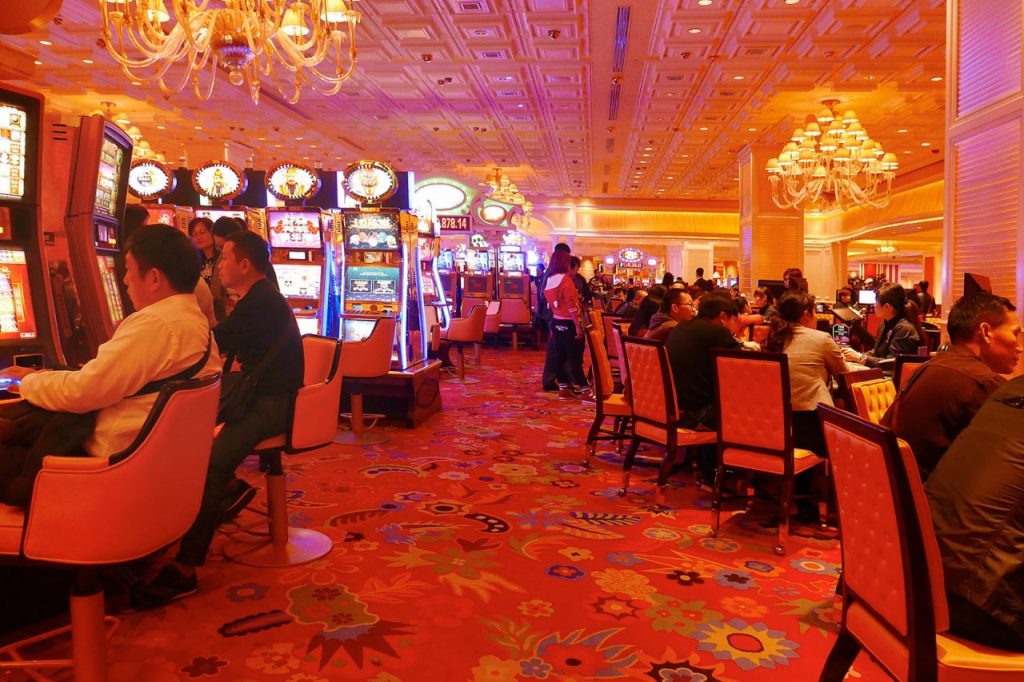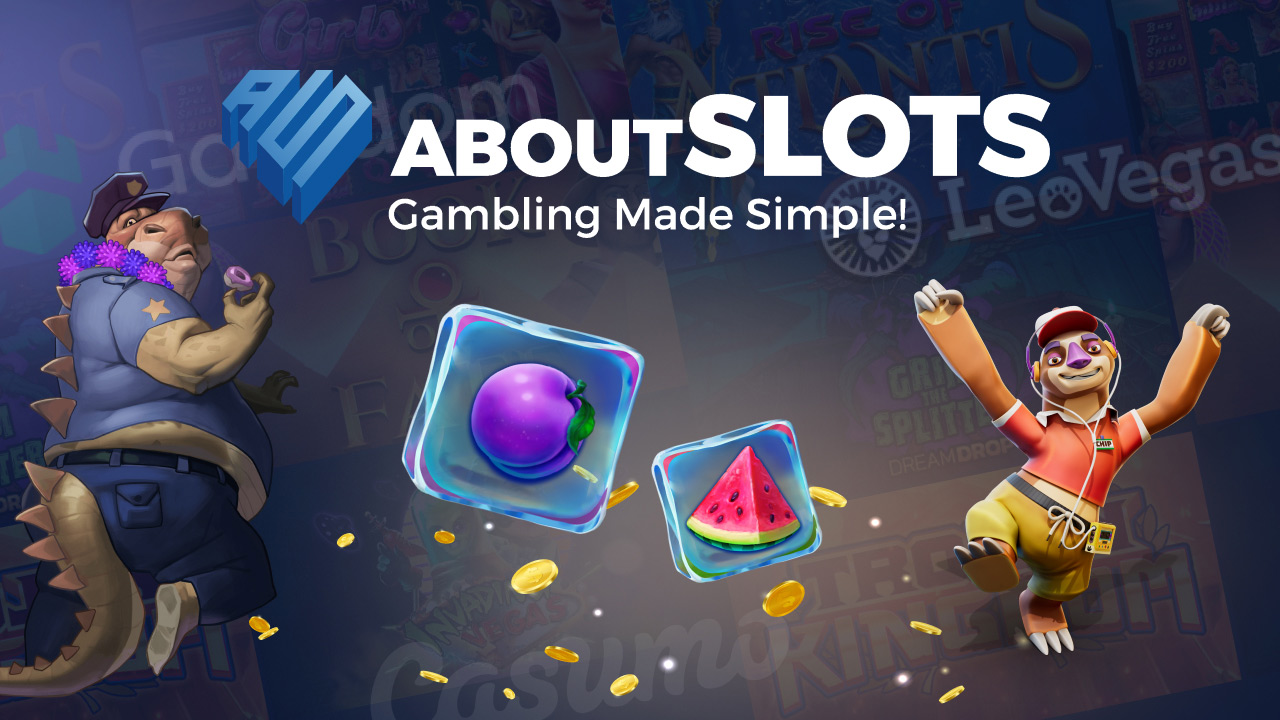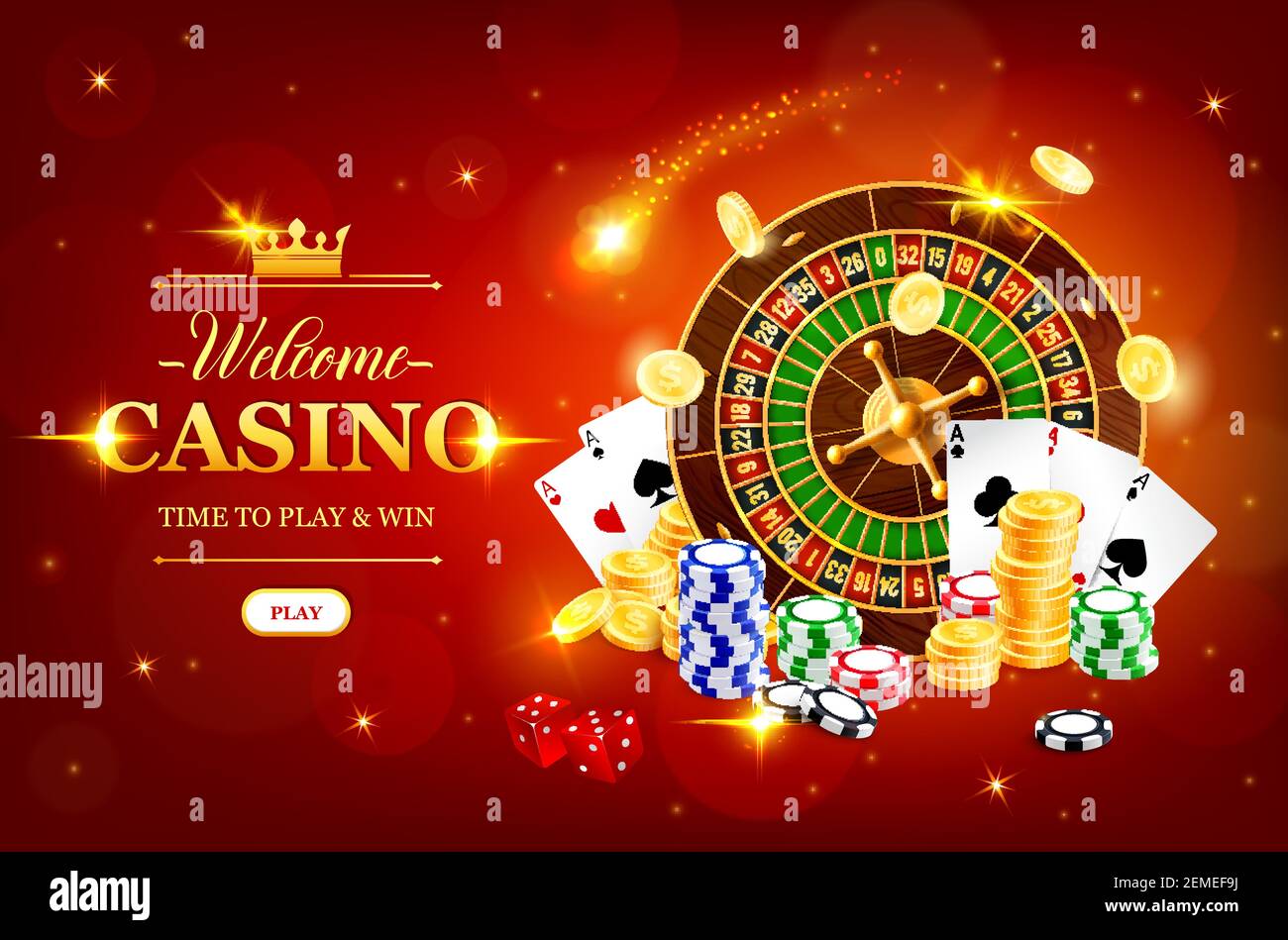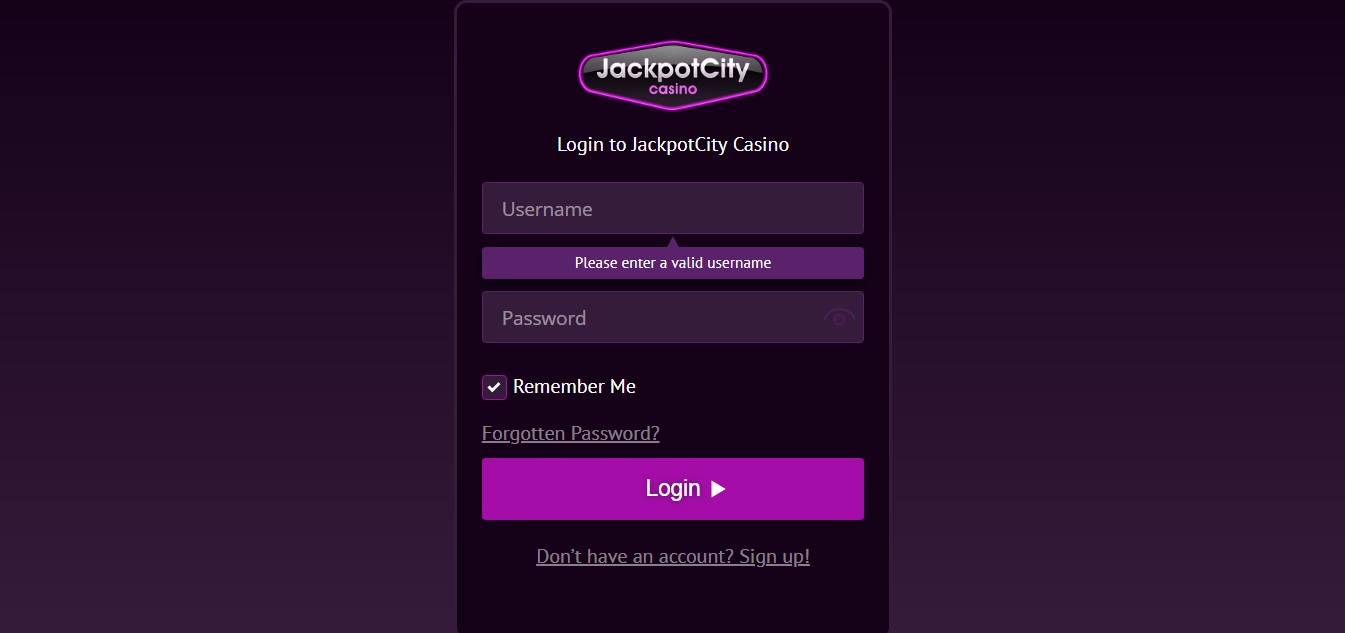
Na edição demo do caça-níquel Pirots, as rodadas grátis e os elementos são cruciais para aumentar seus prêmios possíveis. Dominar o uso estratégico dessas rodadas exige precisão no momento e compreensão da dinâmica de pagamento. Ao explorar pelas rodadas de prêmios em andamento, você é envolvido em um mundo cheio de visuais vibrantes e histórias envolventes. Compreenda a importância de fazer decisões informadas para aproveitar essas chances, melhorar sua experiência de jogo e descobrir os prêmios que o aguardam. Pirots Free Play
Principais conclusões
- Entenda a dinâmica das rodadas de prêmios para usufruir ao pleno os elementos dinâmicos de jogo na edição demo do slot Pirots.
- Analise as listas de pagamentos e os padrões para otimizar o uso das rodadas grátis.
- Eleve as apostas gradualmente para obter maiores prêmios potenciais durante as rodadas grátis na edição demo.
- Observe as combinações de símbolos únicas que liberam recursos bônus para recompensas ainda mais altos.
- Empregue apostas táticas e o tempo adequado para otimizar os vantagens das rodadas grátis durante o jogatina.
Explorando os assuntos da demonstração do caça-níquel Pirots
Ao mergulhar nos temas da edição demo do slot Pirots, você notará imediatamente suas vibrantes estruturas históricas e abundante emblemas gráfico.
Esta envolvente aventura marítima chama você a navegar pelas mares perigosas da imaginação e da descoberta. O cativante tema da caça ao tesouro transporta você para um universo onde cada volta revela mistérios antigos.
Deixe-se guiar pela sensação de libertação enquanto cruza mares tempestuosos, impulsionado pela busca por liberdade e fortuna. Objetos ricamente construídos, cartas velhos e símbolos enigmáticos narram histórias de culturas esquecidas.
Ao desvendar esses componentes, você não está apenas participando; está iniciando uma jornada de domínio estratégico, procurando a emancipação por meio da astúcia e da destreza. A cada turno, sua entendimento e entusiasmo pela expedição pirata crescem.
Compreendendo as Mecânicas do Jogo
Ao mergulhar no dinâmico mundo das aventuras piratas e das narrativas enigmáticas, compreender as complexidades da dinâmica do jogo Pirots Slot Demo é essencial. Domine os comandos, onde a exatidão encontra a autonomia, com teclas intuitivos que lhe oferecem o controle em sua jornada ousada.
O esquema de paylines é o seu mapa do tesouro; decifre-o estrategicamente para combinar os ícones e conseguir as mais altas premiações. Cada rotação que você realizar é uma chance para criar táticas, uma chance de manipular os resultados dos carretéis com a esperteza de um corsário.
Compreender essas dinâmicas emancipa você, quebrando com a aleatoriedade e fazendo cada movimento intencional. Ao controlar esses componentes, você assume o comando do seu jogo, conduzindo seu destino pelos mares virtuais da demonstração do caça-níquel Pirots.
Como maximizar suas giros grátis

Para tirar proveito de todo o potencial das suas rodadas grátis, é necessário mais do que sorte; é essencial ter perspicácia estratégica e saber o tempo adequado.
As táticas para giros grátis se concentram em torno da entendimento dos tempos perfeitos para acioná-las e aumentar o potencial de ganhos. Comece examinando a paytable do caça-níquel para identificar modelos e probabilidades. Aproveite os caça-níqueis de grande variação, pois, embora perigosos, eles costumam render recompensas lucrativos durante as rodadas grátis.
Sua abordagem estratégica deve incluir a execução de lances incrementais — elevando progressivamente sua jogada para aproveitar potenciais prêmios de grande quantia.
Utilize as principais dicas das suas rodadas de bônus examinando padrões de como os bônus são desencadeados e jogue mais sempre que os indicadores estiverem alinhados. Os mais significativos benefícios são alcançados caso você gerencia o risco com sabedoria, balanceando agressividade com cautela para manter o ritmo das rodadas.
Desbloqueando rodadas de bônus interativas
Para extrair o melhor das rodadas de bônus interativas, você precisa de mais do que apenas um excelente senso de timing; é essencial um extenso conhecimento da mecânica do jogo e uma compreensão estratégica para ativar esses mecanismos que alteram o jogo.
Dê início por estudar os componentes interativos do jogo, identificando os triggers de bônus especiais que podem desvinculá-lo das restrições do jogo tradicional.
Descubra a regularidade e a associação de símbolos requeridas para alcançar os bônus, adaptando sua estratégia para obter os melhores resultados.
Explore o capacidade dessas possibilidades mutáveis, antecipando seu emergência e ajustando suas apostas adequadamente.
O domínio dessas nuances https://en.wikipedia.org/wiki/Category:Online_gambling_companies possibilita que você transcenda as rodadas regulares, vivenciando momentos de grande emoção e prêmios possíveis.
Esse domínio muda uma experiência de jogo descontraída em uma jornada estratégica por uma liberdade nova.
O apelo visual: uma imersão no mundo dos gráficos
No universo dos jogos de slots, o apelo visual é crucial, servindo como atração e catalisador para cativar os jogadores numa vivência profunda. O jogo de teste Pirots Slot não reduz nesse aspecto, apresentando um banquete para os olhos com cores intensas e um estilo de cartoon engraçado que chama à exploração.
O jogo emprega uma gama de cores intensas que saltam da tela, ligando o mundo virtual a uma sensação de excitação e sentimento. Essa técnica visual apurada agrada tanto ao seu gosto estético quanto ao seu espírito aventureiro.
Seja você um entusiasta de narrativas gráficas ou um jogador casual, o uso estratégico de gráficos garante que sua experiência permaneça envolvente, sem perder sua natureza emancipadora.
Dicas para jogadores veteranos e iniciantes
Embora os elementos visuais chamativos do game de demonstração Pirots Slot chamem a sua foco, entender o game exige uma entendimento estratégica que satisfaz tanto gamers veteranos quanto novatos.
Para gamers experientes, utilizar táticas como alteração de lances e foco de linhas de pagamento pode melhorar a vivência de game. Adaptar suas apostas à instabilidade do jogo é essencial. Não se comprometa demais; alterações rápidos nos patamares de aposta podem preservar o game dinâmico e ativo.
Como novato, utilize os recursos de giros grátis para se acostumar com a dinâmica do jogo. Priorize a familiarização em vez de apostas arriscadas; saber gera confiança. Experimente nas edições de teste para ampliar sua compreensão tática e aprimorar seu timing.
















